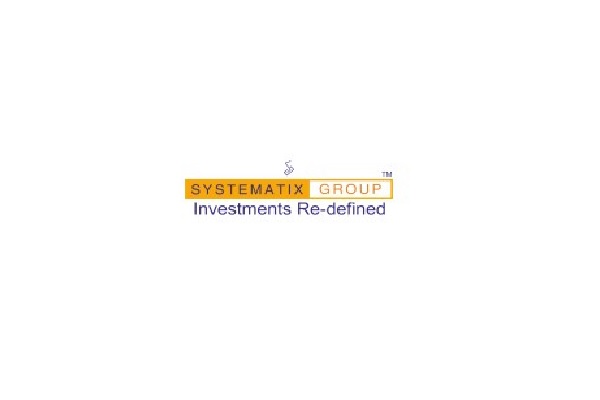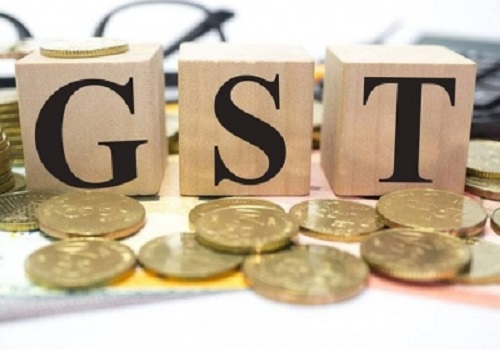Urea import dependency in India to reduce to 10-15% in near to medium term: Crisil

Crisil Ratings in its latest report has said that India's urea industry, which contributes to a significant portion of chemical fertiliser demand, has taken strong strides towards self-sufficiency. It said the import dependency in the sector is expected to reduce to 10-15 per cent in the near to medium term from its peak of 30 per cent seen in financial year 2020-21.
The rating agency believed that this will be mainly driven by the commencement and stabilisation of new capacities. These new plants will see steady, regulated returns as utilisation improves. As for the legacy capacities, profits will remain stable this fiscal, in line with raw material prices and policies. Also, adequate subsidy allocation will keep the credit profiles of urea industry companies stable.
According to the report, urea demand growth had outpaced production between fiscals 2007 and 2012, because of which the share of imports rose to 20-25 per cent of consumption. The new plants are expected to operate at 100 per cent capacity utilisation this fiscal, as against 85-90 per cent in the previous fiscal, as operations stabilise. The likely commissioning of one more plant by next fiscal will further boost domestic production. Higher capacity utilisation will improve operating efficiency and profitability of the new plants this fiscal. Going ahead, it said a possible uptick in nano urea adoption over the medium term can accelerate India's self-sufficiency.
















.jpg)



